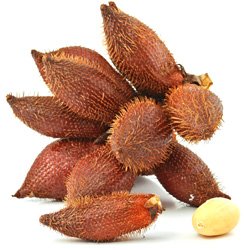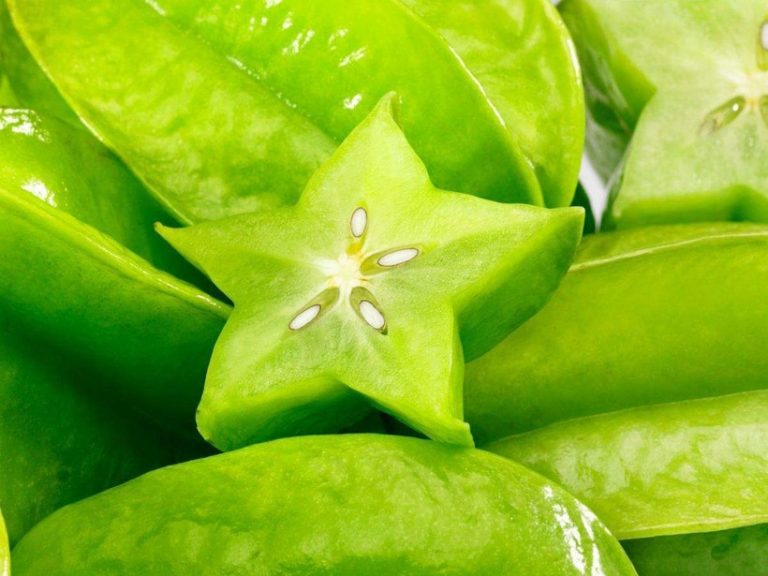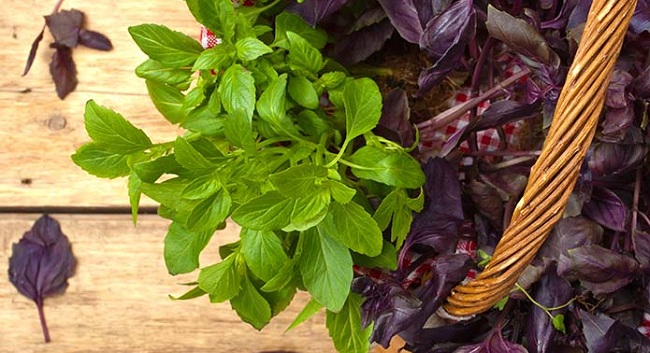A fast-growing, low-rise tropical palm tree with many feathery-leaved trunks, the petioles, and axes of which are covered with thorns. Bunches of red-brown fruit grow just above the ground at the base of the trunk. Scaly, rough, thorny, and resembling snakeskin fruits of salak (hence the name – snake fruit, similar to small onions. The pulp is beige-yellow, sweet, aromatic, and has a specific taste.

- This fruit grows on a palm tree and has many small thorns. To clean it, you need to get used to it or you can easily chop off all your hands.
- The homeland of the Salak is Southeast Asia – Thailand, Malaysia, Indonesia, in other countries, it is very rare.
- It is believed that the most delicious varieties grow in Java near Yogyakarta and Bali.
- The taste of the fruit differs depending on the variety.
- Some describe it as sweet and sour with a nutty flavor, some say the taste resembles something like cherries, gooseberries, and strawberries, for others something like a mixture of banana and pineapple, and others describe it as cotton wool filled with valerian with the same smell and taste.
- Unripe fruits are either very bitter or tart-sour. Let us remind you that it all depends on the variety of salak. By the way, and outwardly, they are different from round to almond-shaped. But all one is brown.
- The pulp has several or one segment and different intensities of beige color. Again, it depends on the salak species.
- Salak (snake fruit) contains tannin, which removes all harmful substances from the body, has astringent, hemostatic, antidiarrheal, and anti hemorrhoidal properties.
- Typically, the fruit is eaten raw, but it can also be used boiled and candied. Unripe fruits have a sour and astringent taste and are pickled like pickles.
- Even though there are no special contraindications to the use of salak, it is not necessary to lean on it in large quantities at the first acquaintance with this fruit.
- For those who are not accustomed to tropical fruits, such “overeating” can be expressed in itching, rashes, and digestive upset – in other words, allergies.










